Home>Gardening & Outdoor>Plant Care & Gardening Tips>How Long Do Wildflower Seeds Take To Bloom
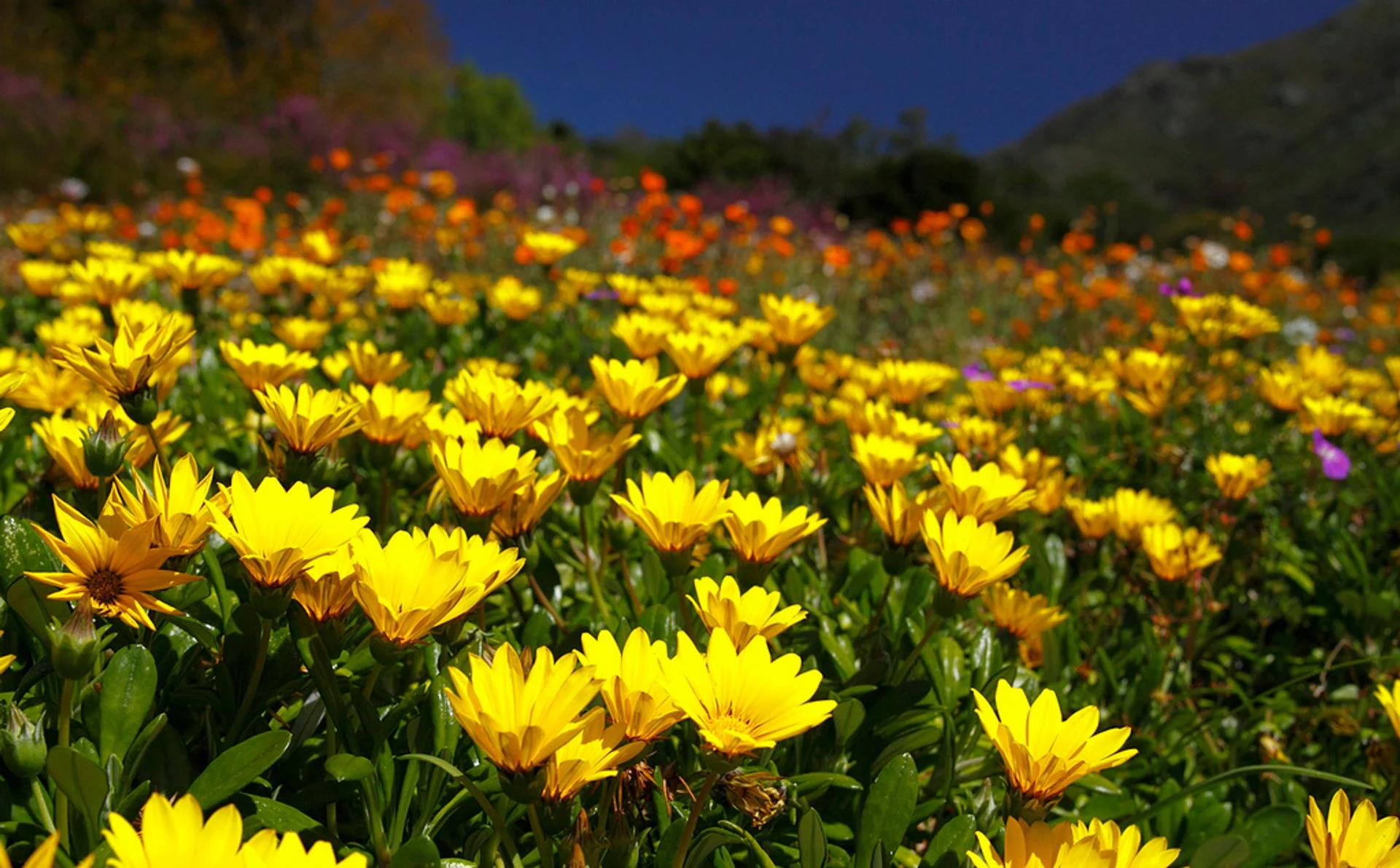

Plant Care & Gardening Tips
How Long Do Wildflower Seeds Take To Bloom
Modified: January 9, 2024
Learn how long it takes for wildflower seeds to bloom and get expert plant care and gardening tips for successful seed germination and growth. Discover the secrets to nurturing beautiful wildflowers in your garden.
(Many of the links in this article redirect to a specific reviewed product. Your purchase of these products through affiliate links helps to generate commission for Storables.com, at no extra cost. Learn more)
**
Introduction
**
Wildflowers are a beautiful and vibrant addition to any garden or landscape. Their diverse colors and shapes can transform a dull area into a picturesque and lively space. One of the most exciting aspects of growing wildflowers is the process of germination and blooming. Many gardening enthusiasts eagerly anticipate the moment when their wildflower seeds burst into life, creating a breathtaking display of nature's splendor.
Understanding the germination process of wildflower seeds is crucial for any gardener looking to cultivate these stunning plants. From the moment the seeds are sown to the emergence of the first delicate blooms, the journey of wildflower germination is a fascinating and rewarding experience. In this article, we will delve into the factors that influence the germination of wildflower seeds, explore the varying germination times of different wildflower species, and provide valuable tips for accelerating the germination process. Whether you are a seasoned gardener or a novice enthusiast, this guide will equip you with the knowledge and insights needed to foster the successful germination and blooming of wildflowers in your garden.
**
Key Takeaways:
- Wildflower seeds can take anywhere from 5 to 30 days to bloom, depending on the species and environmental conditions. Understanding these factors can help gardeners plan and manage their expectations.
- Techniques like scarification, stratification, and pre-soaking can accelerate wildflower seed germination, allowing gardeners to enjoy vibrant blooms sooner. Maintaining optimal soil conditions and seed quality also play a crucial role in the process.
Read more: How Long Do Wildflowers Take To Germinate
Factors Affecting Wildflower Seed Germination
**
Wildflower seed germination is influenced by a multitude of factors, each playing a crucial role in the successful sprouting and growth of these delicate plants. Understanding these factors is essential for creating an optimal environment that promotes the germination of wildflower seeds. Let’s explore the key elements that impact the germination process:
Soil Conditions: The quality and composition of the soil significantly affect the germination of wildflower seeds. Well-draining soil with a balanced pH level provides an ideal foundation for germination. Additionally, the presence of organic matter in the soil can enhance seed germination by providing essential nutrients and promoting moisture retention.
Temperature: Wildflower seeds exhibit varying temperature requirements for germination. While some species thrive in cooler temperatures, others require warmth to initiate the germination process. Understanding the specific temperature preferences of the wildflower seeds you are cultivating is crucial for creating an environment conducive to germination.
Moisture: Adequate moisture is a critical factor in wildflower seed germination. Seeds require consistent moisture levels to soften their outer shells and trigger the sprouting process. However, excessive water can lead to rot and hinder germination. Striking a balance and ensuring consistent, moderate moisture levels is essential for successful germination.
Light Exposure: The light requirements for wildflower seed germination vary among different species. While some seeds require exposure to light to germinate, others thrive in darkness. Understanding the light preferences of the wildflower seeds is essential for providing the appropriate conditions for successful germination.
Seed Depth: The depth at which wildflower seeds are planted can impact their germination. Some seeds require sunlight to germinate and should be sown on the soil surface, while others benefit from being lightly covered with a thin layer of soil. Understanding the specific planting depth for each wildflower species is crucial for promoting successful germination.
Seed Viability: The viability of wildflower seeds, which refers to their ability to germinate, is influenced by factors such as age and storage conditions. Fresh, high-quality seeds are more likely to germinate successfully than older or poorly stored seeds.
By considering and optimizing these factors, gardeners can create an environment that maximizes the germination potential of wildflower seeds, setting the stage for a vibrant and flourishing display of natural beauty.
**
Germination Time for Different Wildflower Species
**
Wildflowers encompass a diverse array of species, each with its unique characteristics and germination requirements. Understanding the germination timeframes for different wildflower species is essential for planning and managing expectations during the cultivation process. While germination times can vary significantly based on the specific species and environmental conditions, gaining insights into typical germination periods can provide valuable guidance for gardeners. Let’s explore the germination timeframes for several popular wildflower species:
California Poppy (Eschscholzia californica): California poppy seeds typically germinate within 10 to 15 days under optimal conditions. These vibrant orange flowers are known for their resilience and adaptability, making them a popular choice for wildflower enthusiasts.
Black-Eyed Susan (Rudbeckia hirta): Black-eyed Susan seeds generally germinate within 7 to 30 days. These cheerful, daisy-like flowers add a burst of color to gardens and are favored for their hardiness and attractiveness to pollinators.
Blue Flax (Linum lewisii): Blue flax seeds typically germinate within 14 to 21 days. These delicate, sky-blue flowers are prized for their elegant appearance and ability to thrive in various soil conditions.
Indian Blanket (Gaillardia pulchella): Indian blanket seeds typically germinate within 5 to 15 days. With their striking red and yellow blooms, Indian blanket flowers are a captivating addition to wildflower meadows and gardens.
Purple Coneflower (Echinacea purpurea): Purple coneflower seeds generally germinate within 10 to 20 days. These iconic, daisy-like flowers are celebrated for their medicinal properties and their attractiveness to butterflies and bees.
It is important to note that these germination timeframes are approximate and can be influenced by factors such as soil conditions, temperature, and moisture levels. Additionally, some wildflower species may exhibit variability in germination times based on regional variations and specific growing conditions.
By familiarizing themselves with the typical germination periods for different wildflower species, gardeners can cultivate a deeper appreciation for the unique characteristics of each plant and effectively plan their gardening endeavors to accommodate the varying germination timelines.
**
Wildflower seeds can take anywhere from a few weeks to a few months to bloom, depending on the type of flower and growing conditions. It’s important to be patient and provide the right amount of water, sunlight, and soil for successful blooming.
Tips for Accelerating Wildflower Seed Germination
**
While the natural germination process of wildflower seeds is a captivating journey, gardeners may seek to accelerate the sprouting of seeds to enjoy an earlier display of blooms. By implementing strategic techniques and providing optimal growing conditions, it is possible to expedite the germination of wildflower seeds. Here are valuable tips for accelerating wildflower seed germination:
- Scarification: Some wildflower seeds have hard outer coatings that can inhibit germination. Scarification, which involves gently nicking or abrading the seed coat, can promote quicker and more uniform germination by allowing moisture to penetrate the seed more effectively.
- Stratification: Certain wildflower seeds benefit from a period of cold stratification to break dormancy and encourage germination. This process mimics the natural conditions that seeds experience during winter. Gardeners can achieve stratification by refrigerating the seeds for a specific duration before sowing them.
- Pre-Soaking: Pre-soaking wildflower seeds in water for several hours or overnight can soften the seed coats and jumpstart the germination process. This technique is particularly beneficial for seeds with hard coatings that may impede water absorption.
- Optimal Temperature: Maintaining the appropriate temperature for wildflower seed germination is crucial. Providing consistent warmth for species that require it or simulating natural temperature fluctuations for those with specific temperature preferences can support expedited germination.
- Moisture Management: Monitoring and regulating moisture levels in the growing medium is essential for accelerating wildflower seed germination. Maintaining consistent, moderate moisture without waterlogging the soil can facilitate the softening of seed coats and the initiation of sprouting.
- Light Exposure: Understanding the light requirements of wildflower seeds is essential for promoting accelerated germination. Some species benefit from exposure to light, while others require darkness. Providing the appropriate light conditions can optimize the germination process.
- Quality Seeds: Starting with high-quality, fresh seeds can significantly impact germination success and speed. Ensuring that the seeds are viable and have been stored under optimal conditions enhances the likelihood of prompt and robust germination.
By incorporating these strategies into their gardening practices, enthusiasts can enhance the germination potential of wildflower seeds and witness the vibrant blooms of these captivating plants sooner, adding an extra layer of excitement and satisfaction to their gardening endeavors.
**
Conclusion
**
The journey of wildflower seed germination is a remarkable and fulfilling process that captivates the hearts of gardening enthusiasts. By understanding the various factors that influence germination, the unique germination timeframes of different wildflower species, and effective strategies for accelerating the sprouting of seeds, gardeners can embark on a rewarding and successful cultivation journey.
As gardeners immerse themselves in the art of wildflower cultivation, they are not only nurturing seeds but also fostering a deeper connection with the natural world. The anticipation of seeing the first delicate sprouts emerge from the soil and witnessing the transformation of tiny seeds into vibrant blossoms adds an element of wonder and joy to the gardening experience.
Through thoughtful consideration of soil conditions, temperature, moisture, light exposure, and seed quality, gardeners can create an environment that optimizes the germination potential of wildflower seeds. The careful balance of these factors sets the stage for a flourishing display of nature’s beauty, enriching outdoor spaces and uplifting the spirits of all who encounter the enchanting blooms.
As we embrace the intricacies of wildflower seed germination, we invite the splendor of nature into our lives, cultivating a deeper appreciation for the resilience and grace of these remarkable plants. Whether adorning gardens, meadows, or landscapes, wildflowers stand as a testament to the enduring cycle of life and the boundless wonders of the natural world.
With each seed that sprouts and each bloom that unfurls, we are reminded of the profound impact of nurturing life and the enduring beauty that surrounds us. The journey from seed to bloom is a testament to the resilience and transformative power of nature, and by participating in this journey, gardeners become stewards of a timeless and awe-inspiring process.
As we continue to explore the art and science of wildflower cultivation, let us embrace the magic of germination and celebrate the remarkable journey that unfolds from the moment a tiny seed is sown. In nurturing wildflowers, we not only cultivate gardens but also cultivate a deeper connection with the natural world, fostering a legacy of beauty and wonder for generations to come.
Frequently Asked Questions about How Long Do Wildflower Seeds Take To Bloom
Was this page helpful?
At Storables.com, we guarantee accurate and reliable information. Our content, validated by Expert Board Contributors, is crafted following stringent Editorial Policies. We're committed to providing you with well-researched, expert-backed insights for all your informational needs.
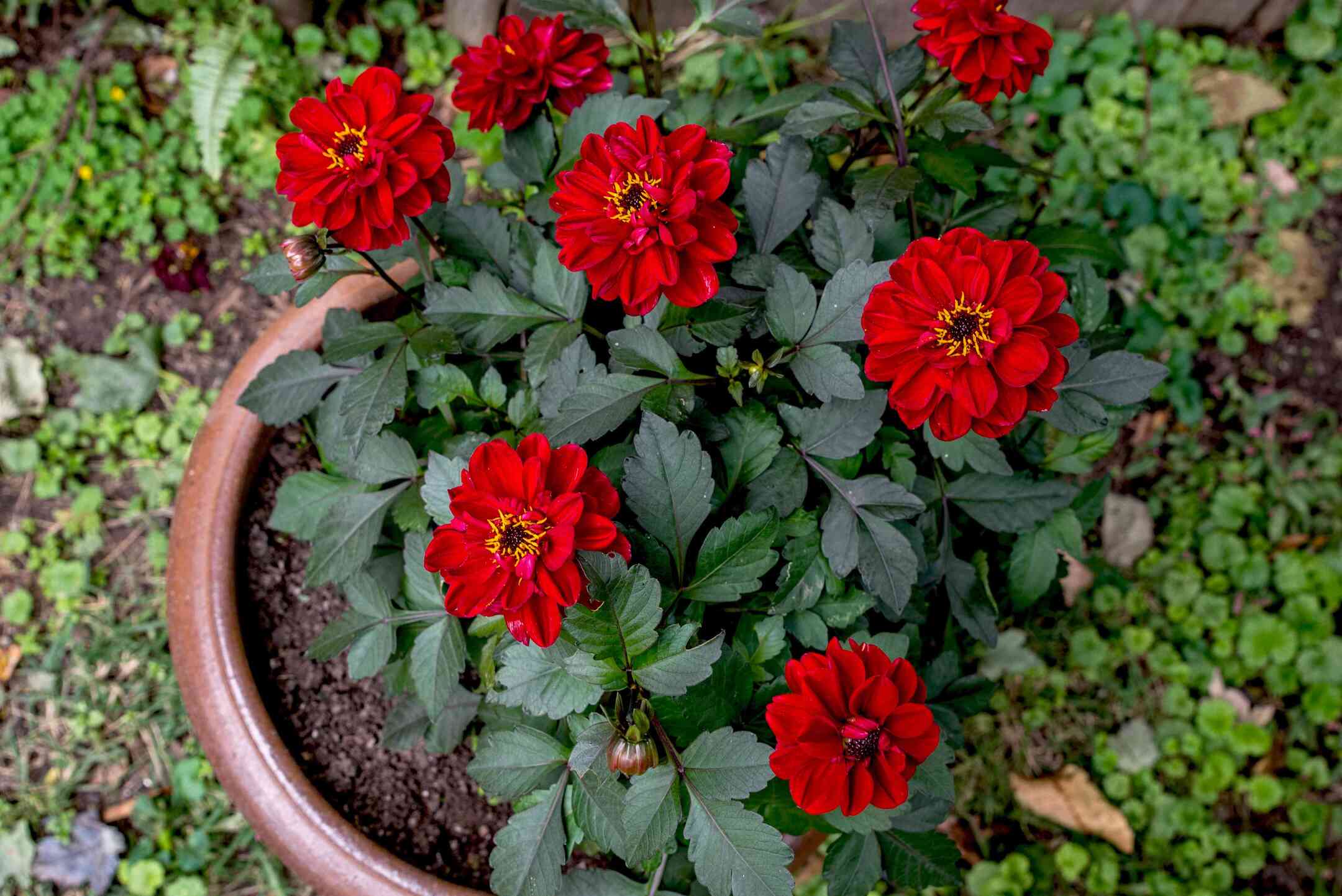
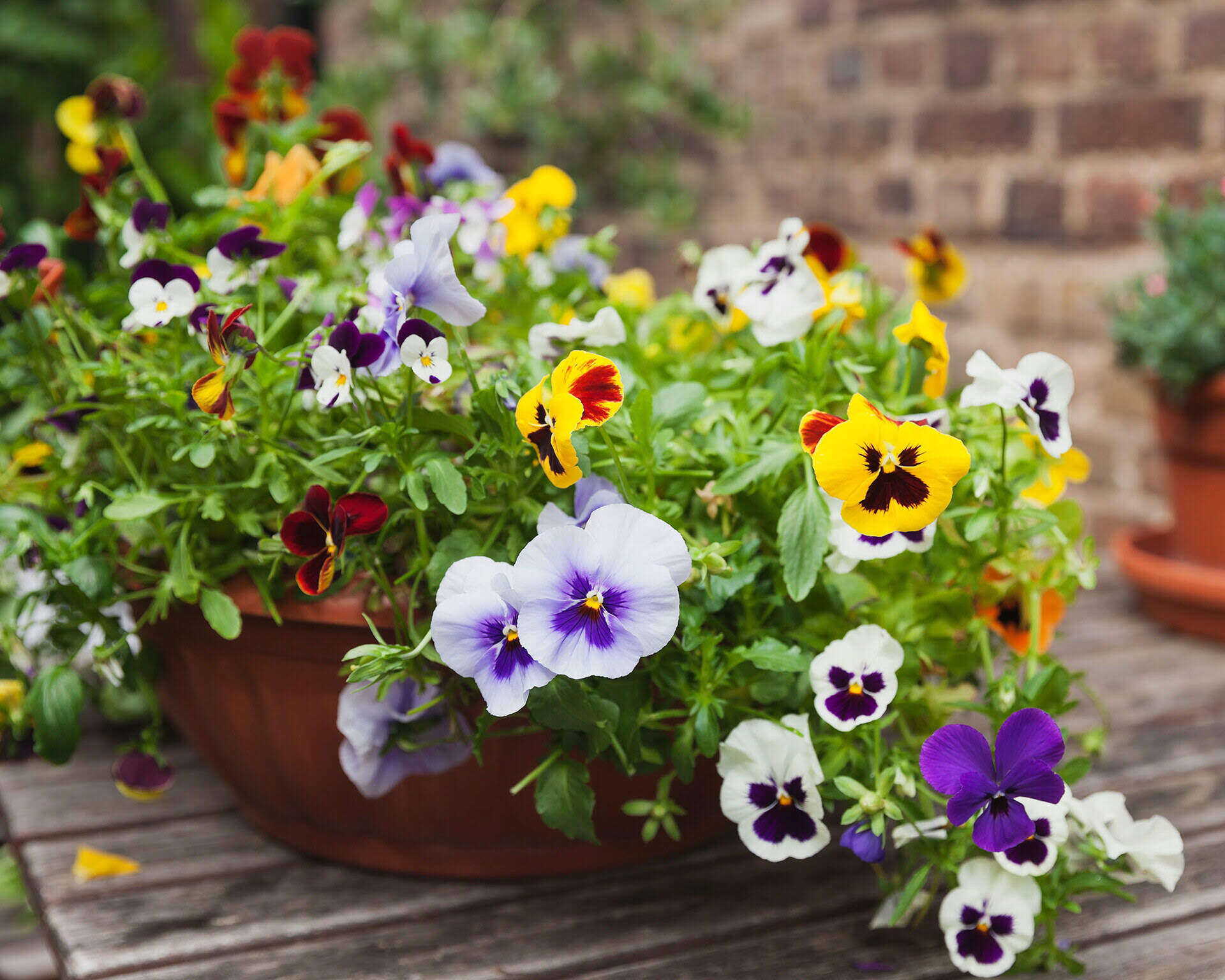
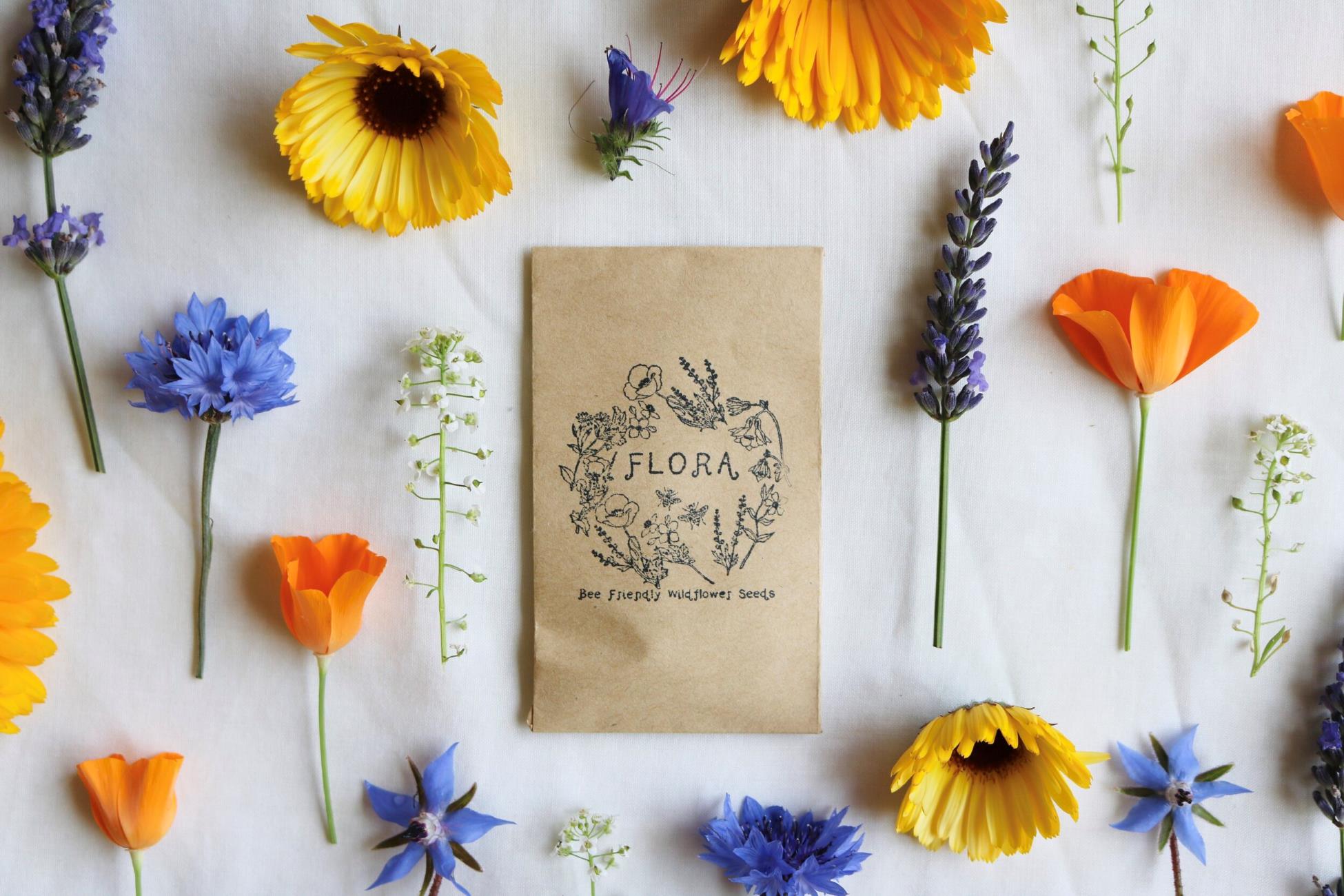
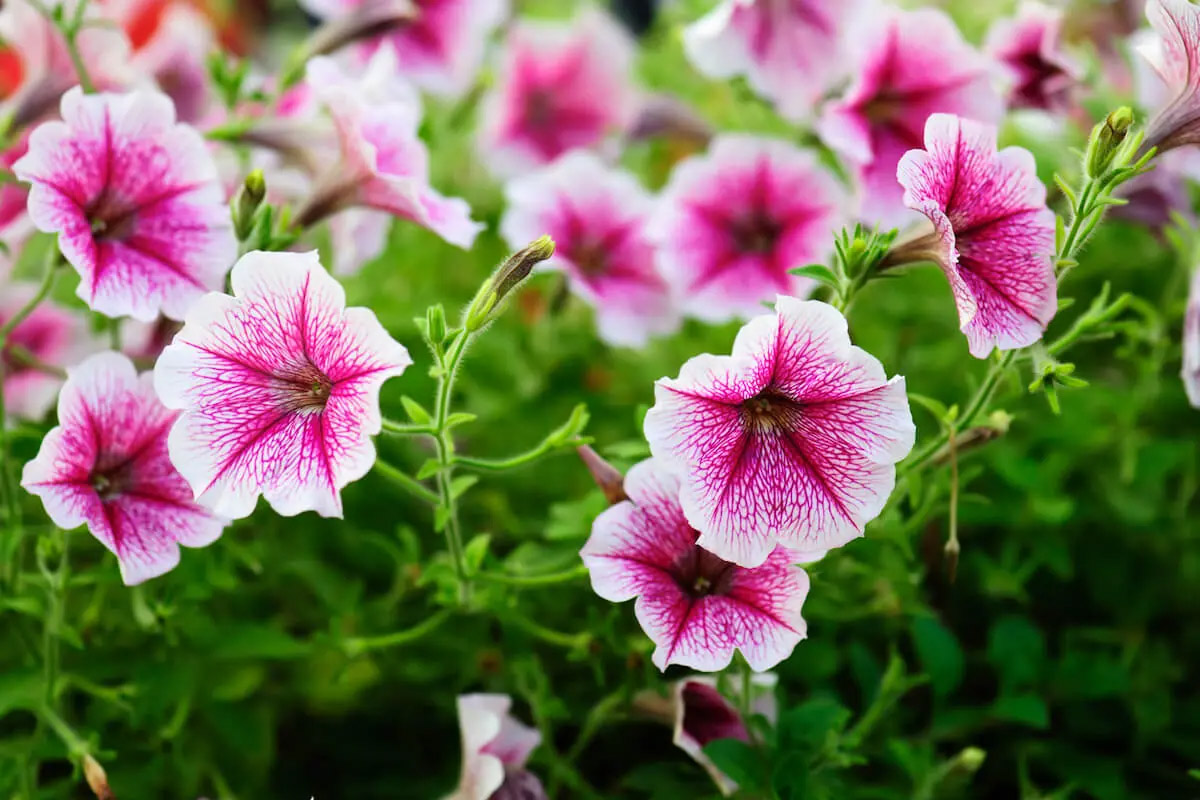
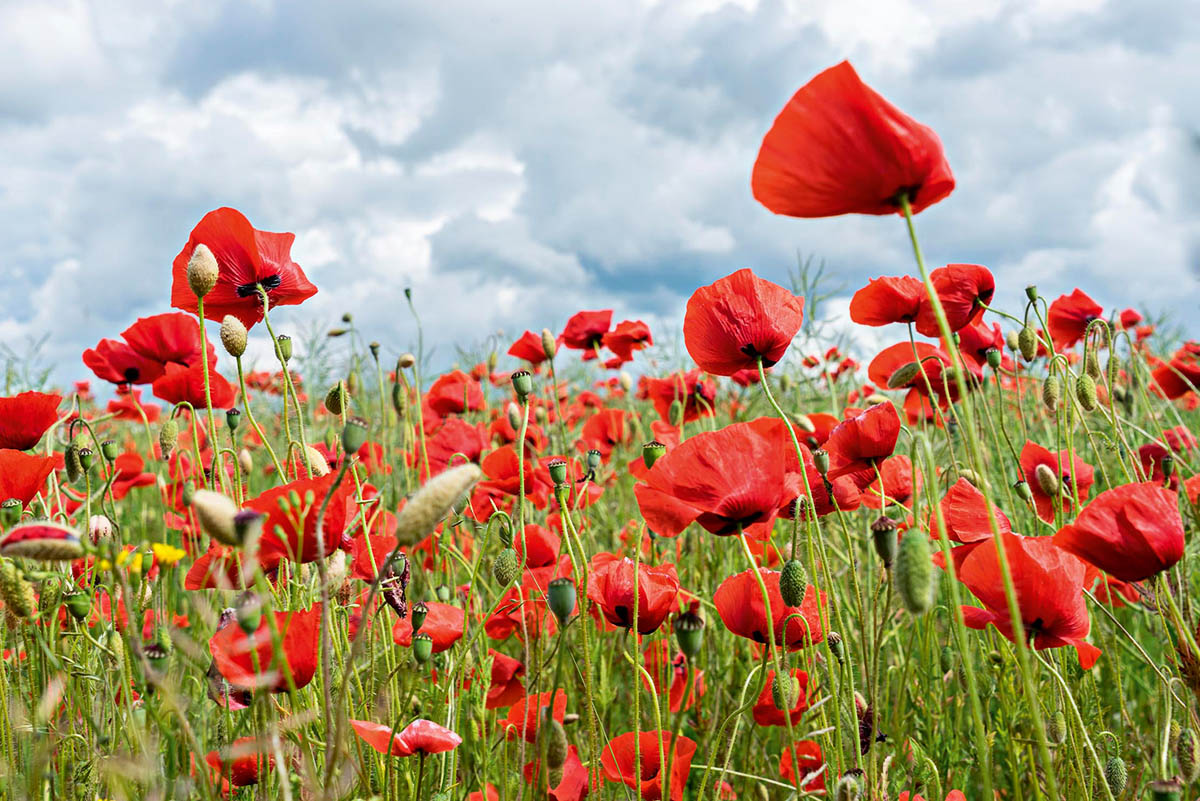
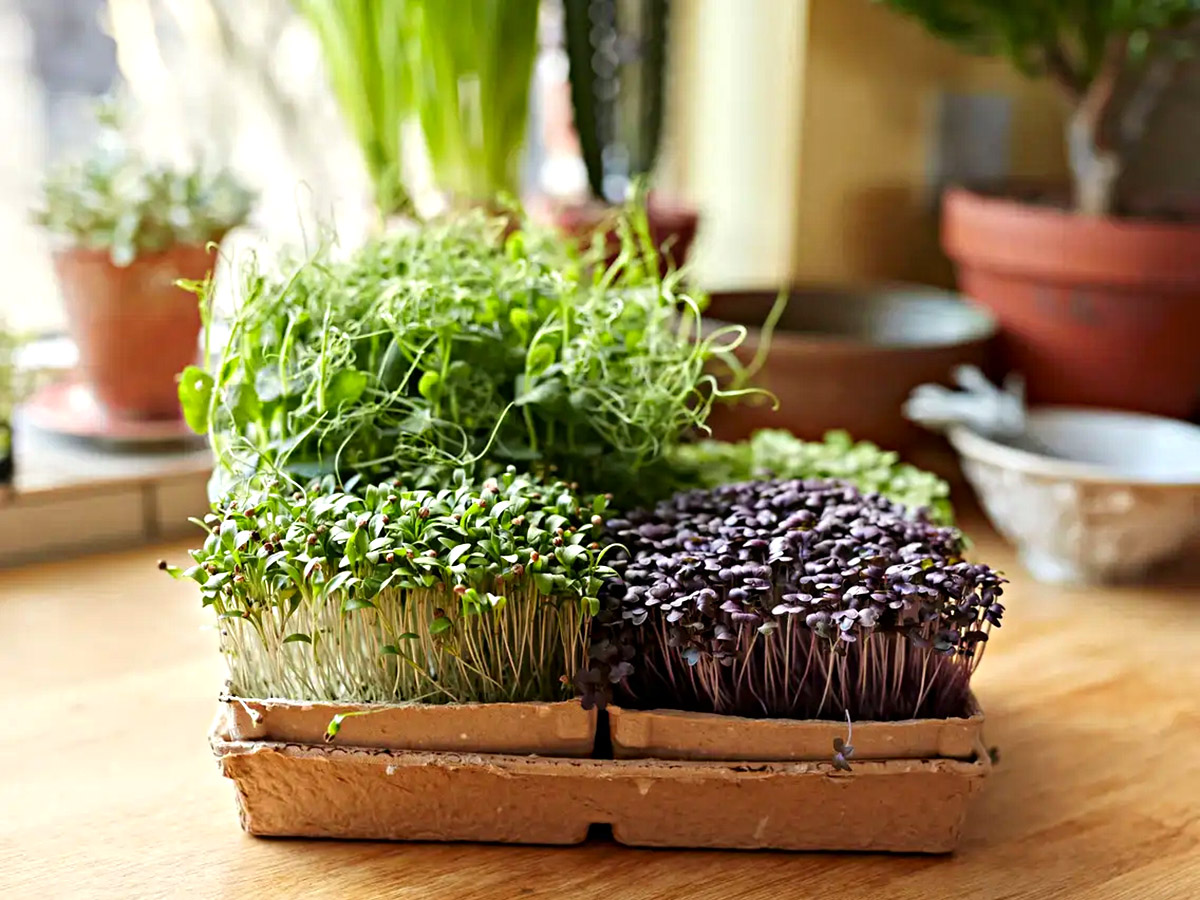
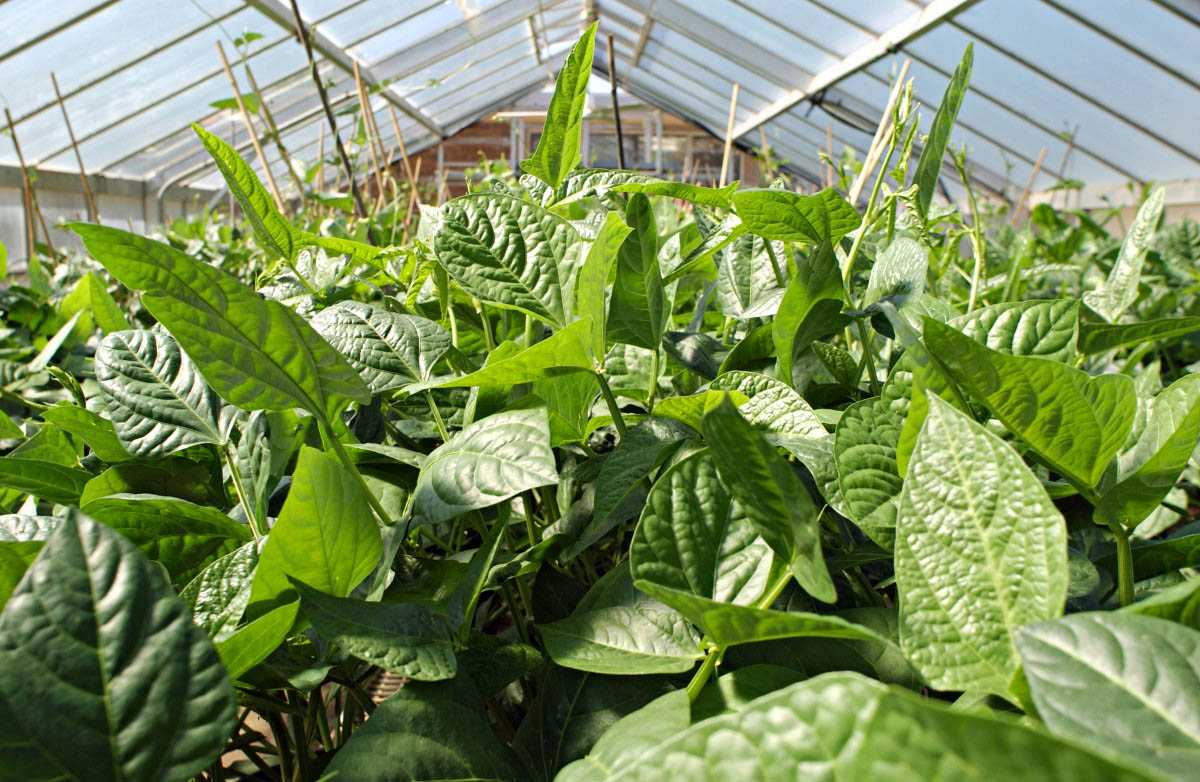
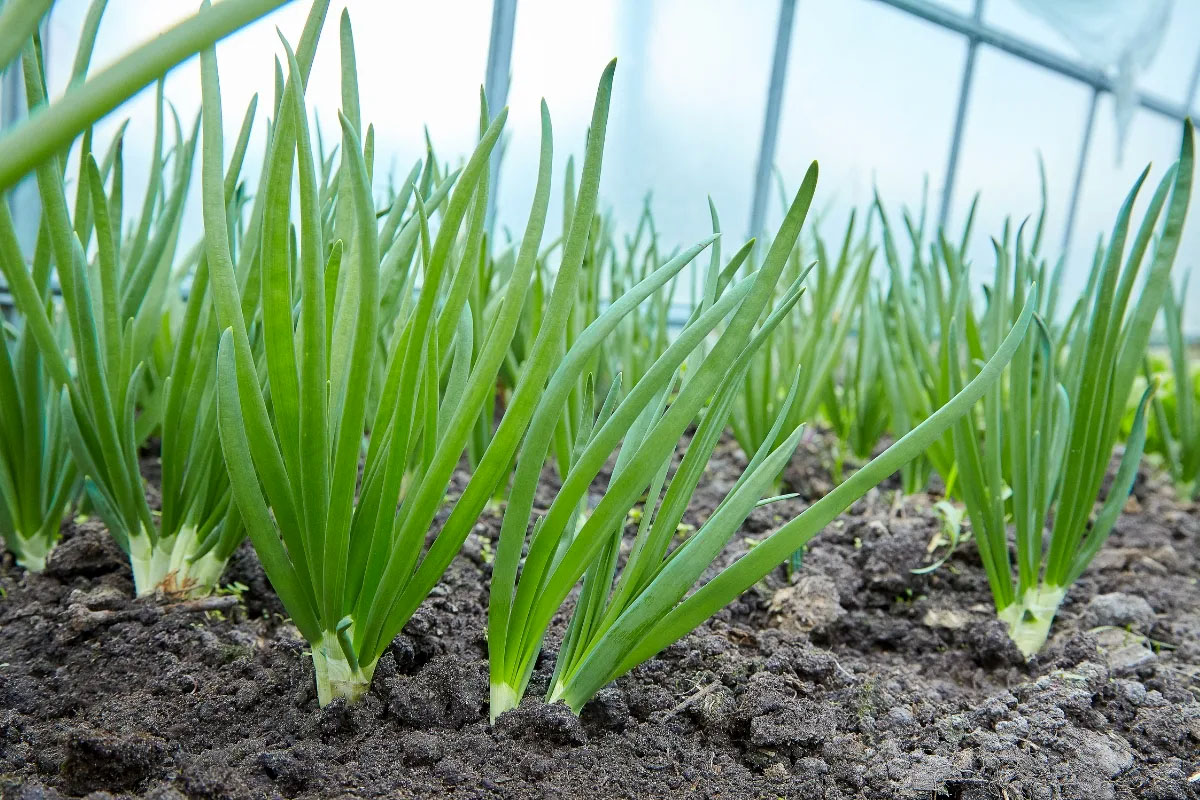
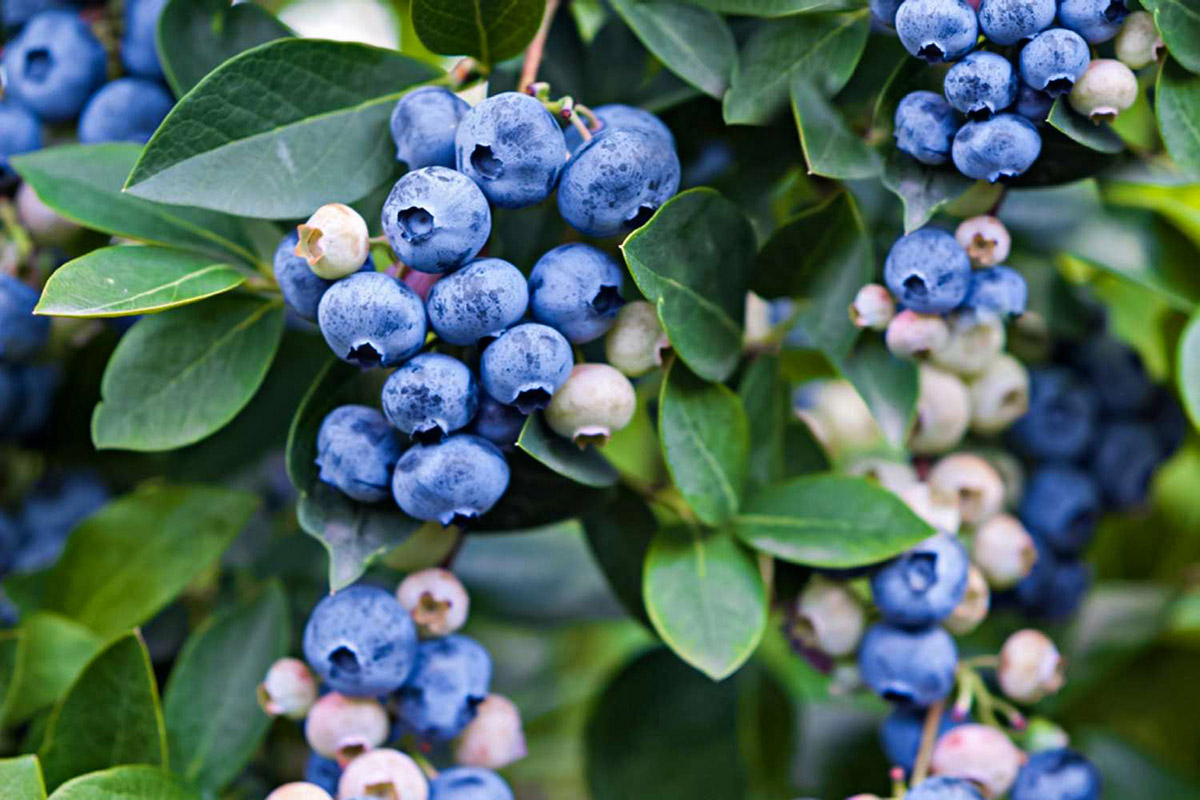
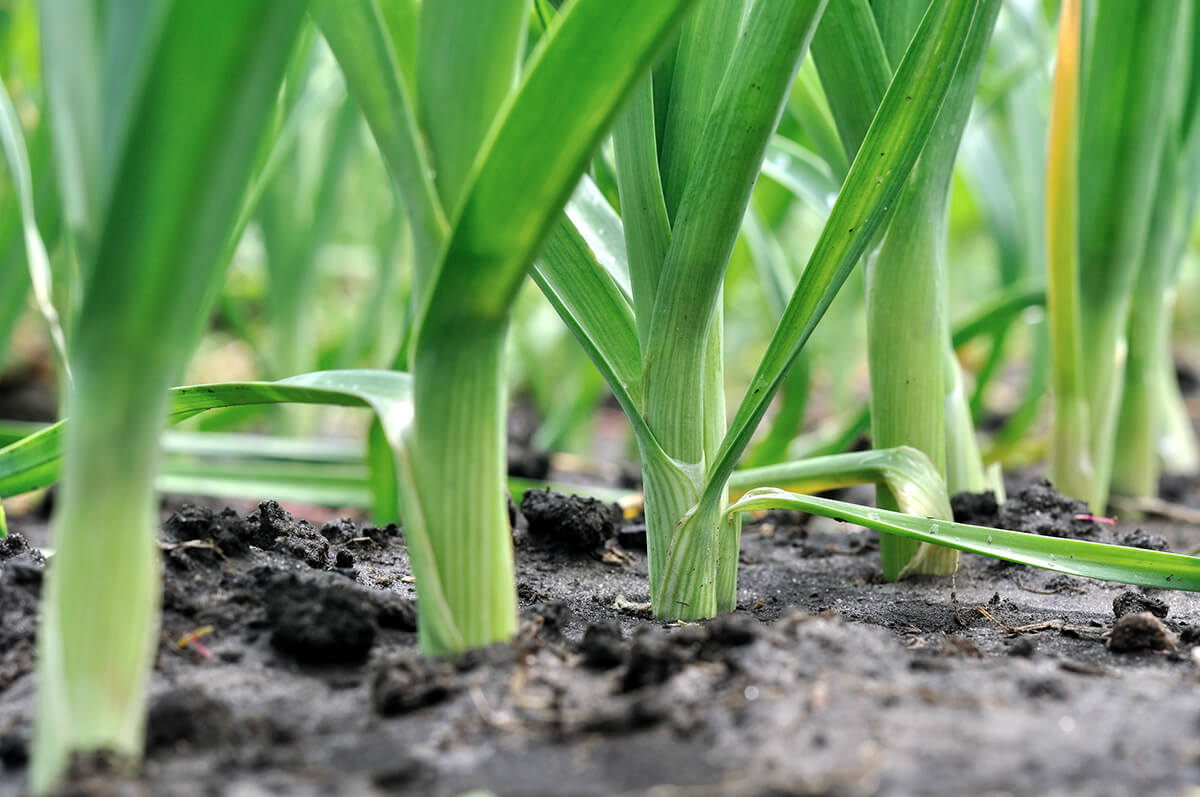
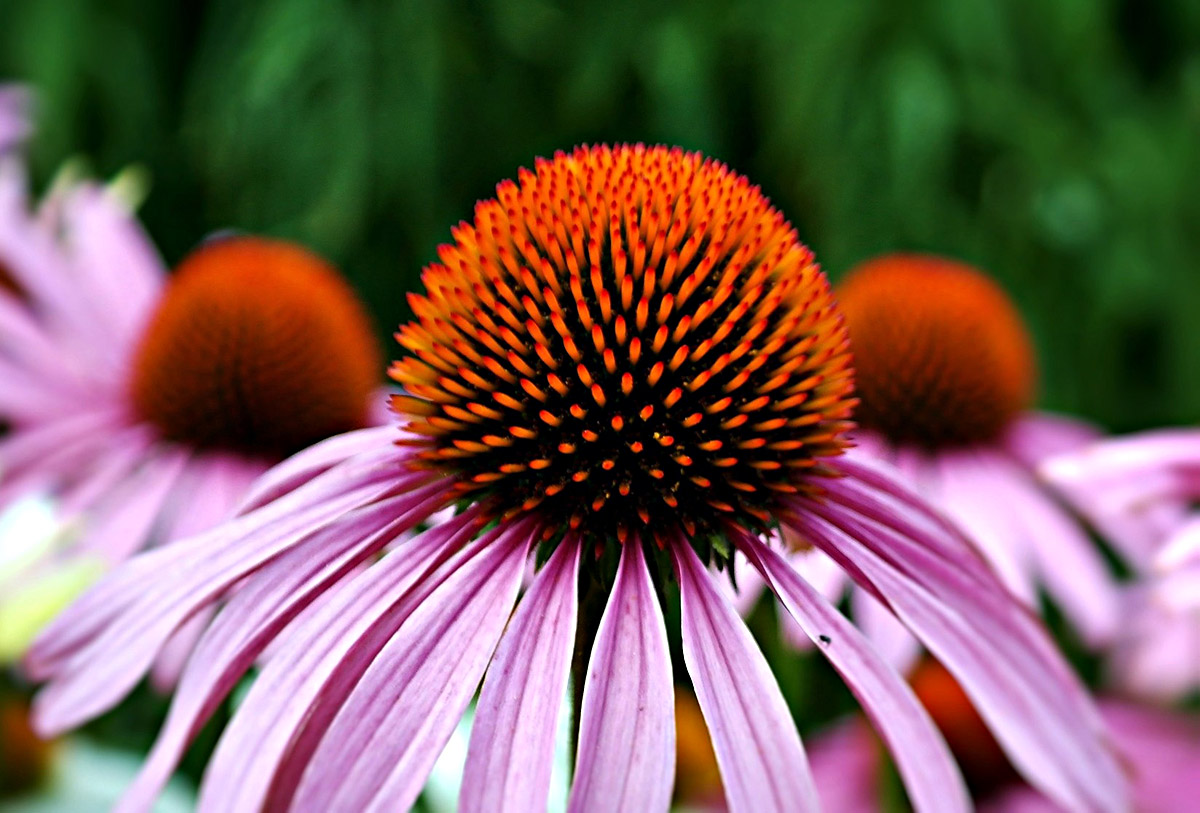
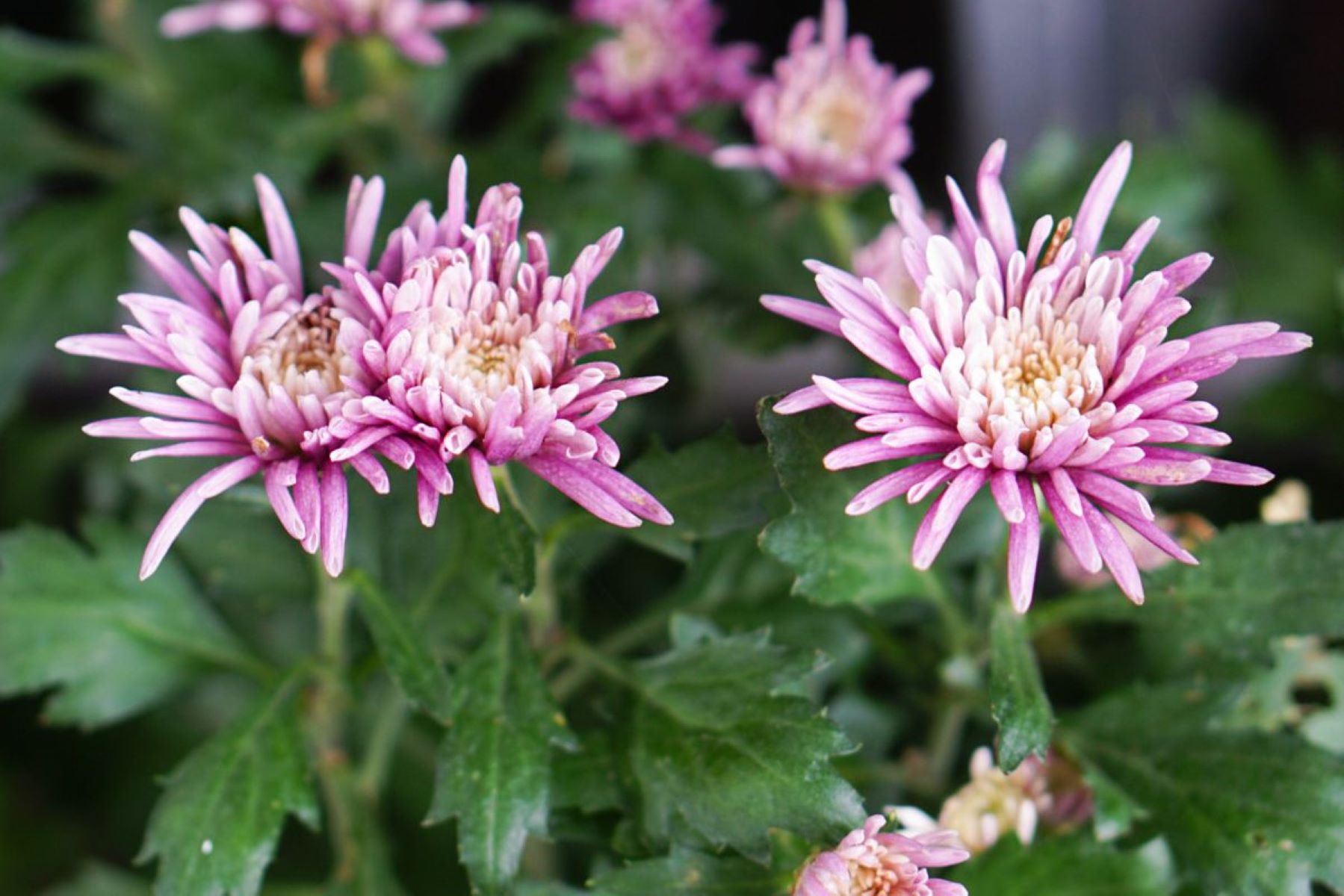
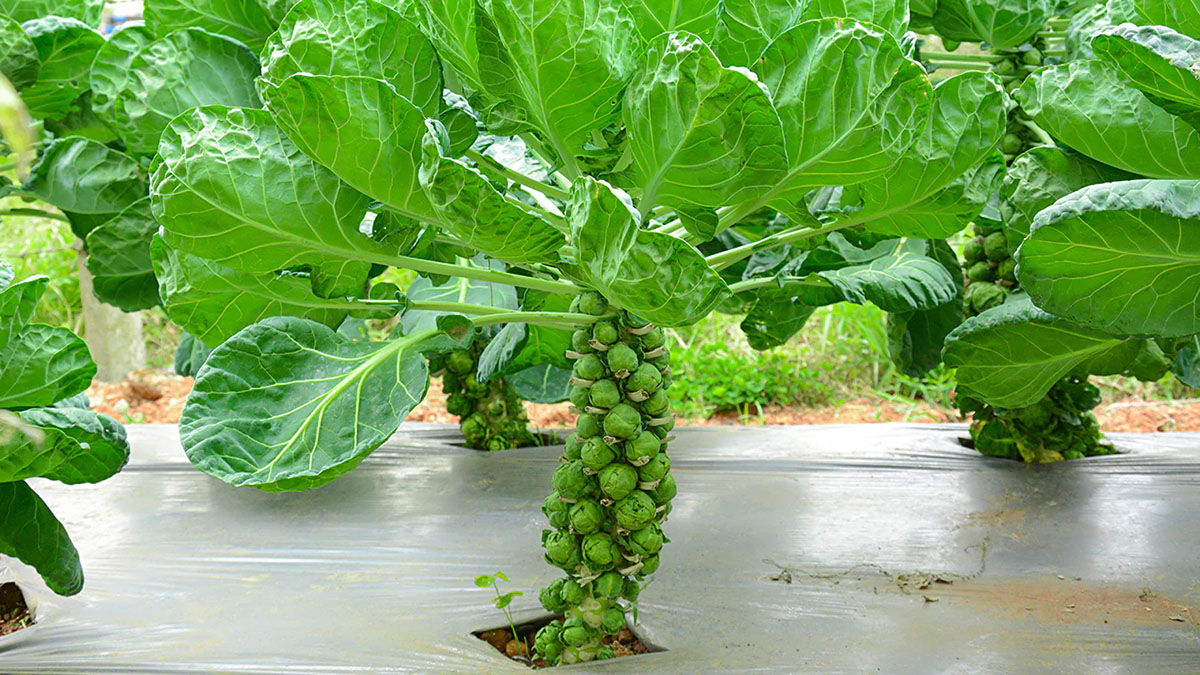
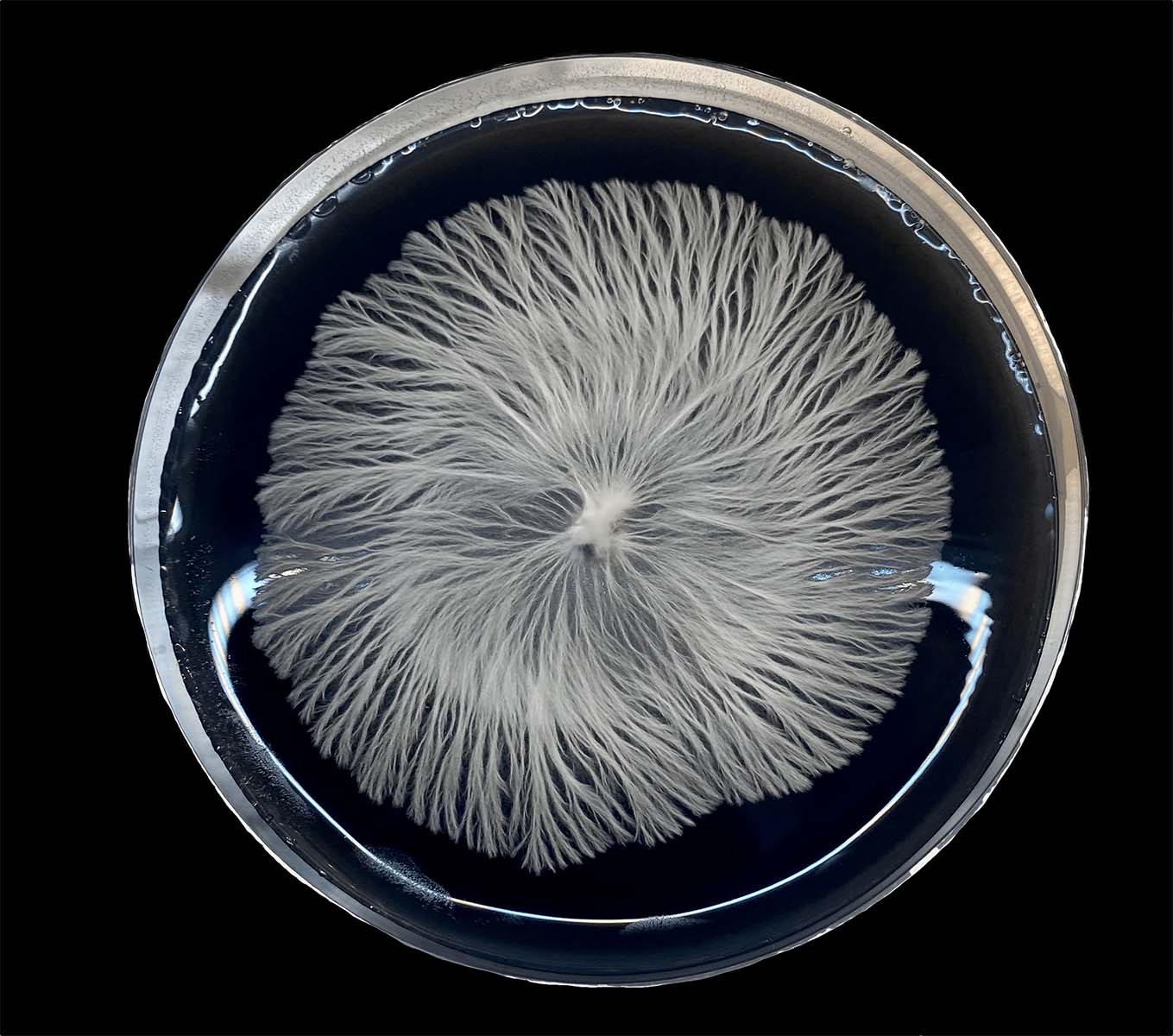
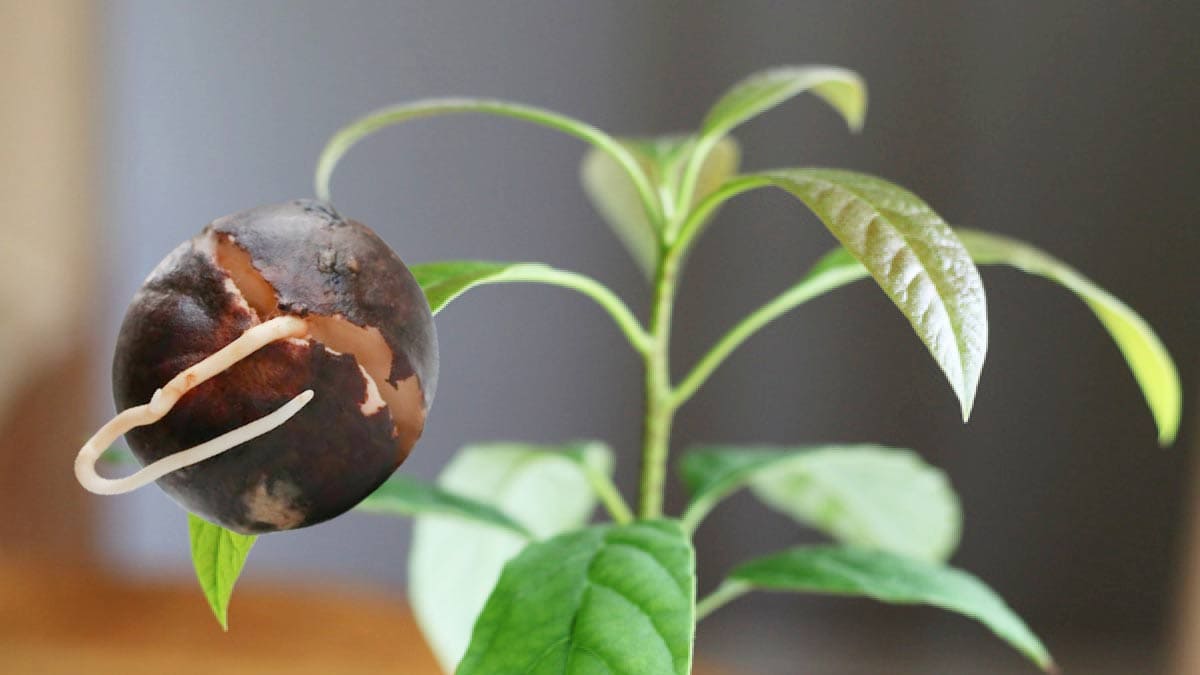

0 thoughts on “How Long Do Wildflower Seeds Take To Bloom”